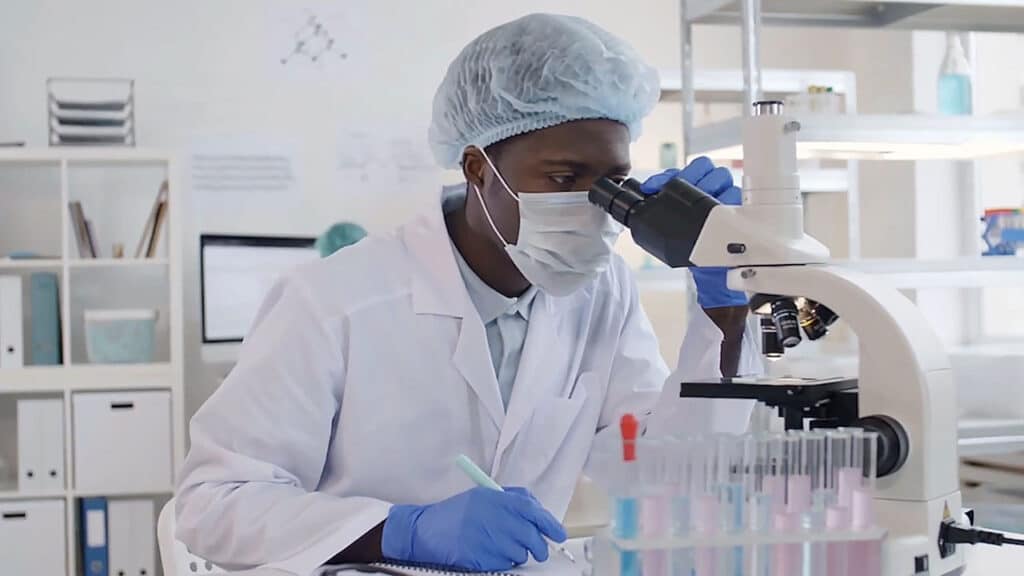It takes a lot of very intelligent people plenty of time and money to develop a new drug treatment. There are so many conditions that don’t have cures or for which there may be better ways to manage symptoms, and so many potential treatment avenues to explore. It’s a never-ending and ever complex process.
First you need a starting point. We know people have been using willow bark for pain relief since at least the Ancient Greeks. It then took a lot of investigation by scientists to find what part of the bark was therapeutic. It turns out it was salicylic acid. Then it took even longer to figure out how to extract the acid and make it more effective by turning it into aspirin.
Today we have access to laboratories and technology that can make things easier than they were for our ancestors. For example, we can make virtual models of how a drug might work before we ever have to test it on a living being. New drugs will also be applied to human cells that are grown in the lab. If the cells are damaged, the drug needs a rethink.
The next stage is often the controversial area of animal testing. It’s generally considered more ethical than testing on humans and may identify potential areas of concern. Of course, just because something is safe for a rat or a dog or a chimp, it doesn’t mean you can guarantee its safety for humans. Plus, humans are capable of volunteering for trials with informed consent, which animals can’t give.
Eventually, there will have to be human clinical trials, and you need to take all kinds of safety precautions. You’ll test on healthy people before you try it on people who are already sick, as people who are already sick will be more vulnerable to side effects. Some people will be given what are known as placebos, or inert drugs. This is done to make sure that any effects are caused by the drug and not the participant thinking that they’re taking a drug.
There can still be lots of other problems with methodology. Drugs tested almost entirely on young and healthy men aren’t always good for women or older people. Pregnant women can be particularly vulnerable. There’s even more to think about before any drug can enter general use.




